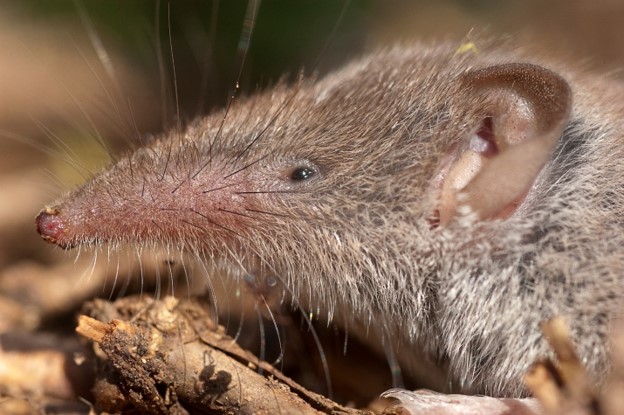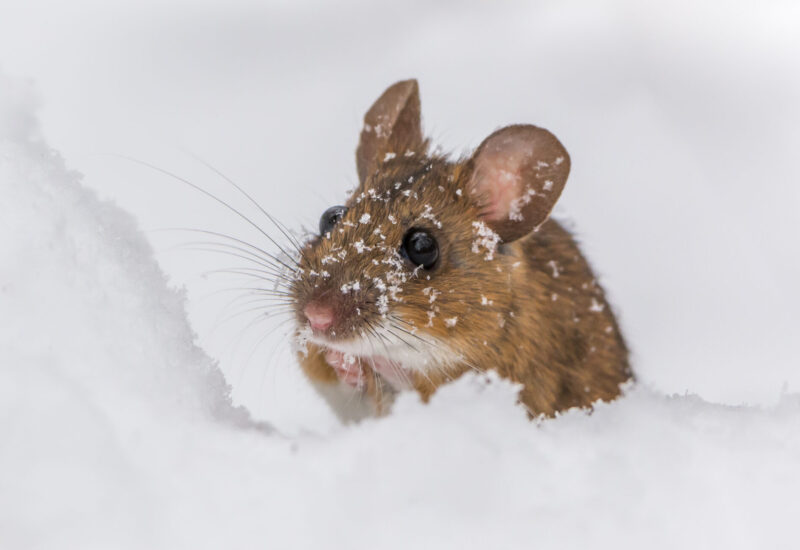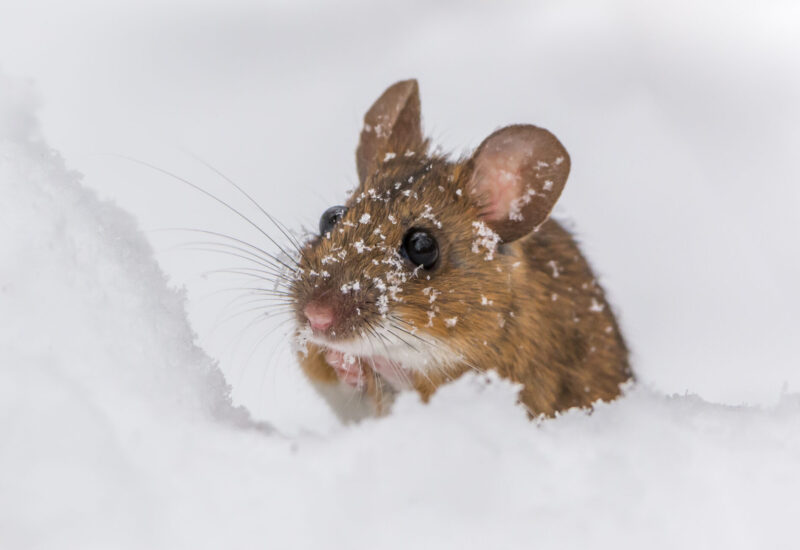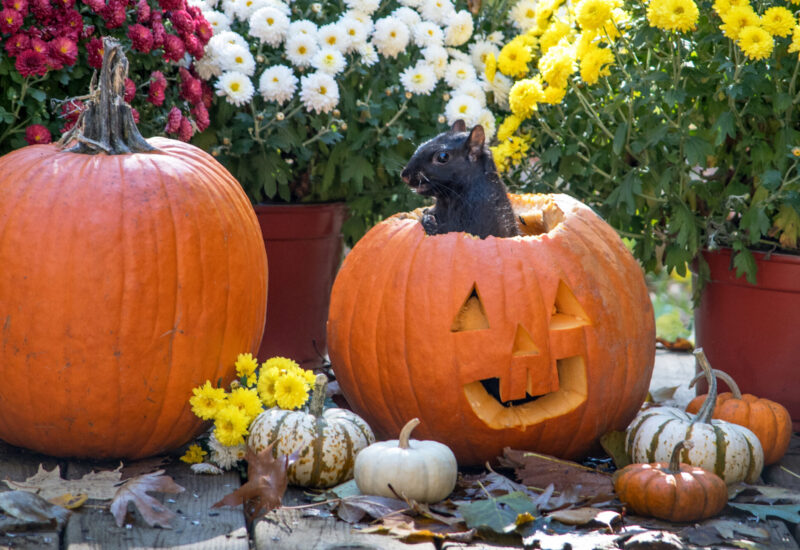Protecting Your Home & Surrounding Property from Shrews

Learn About Shrew Habitats & How to Protect Your Home from an Infestation
Shrews are small mammals with cylindrical bodies, short limbs, and are amongst the hundreds of species of insectivores. This classification also includes hedgehogs and golden moles.
Their bodies are covered in grayish brown fur, except for their tail, which is hairless. Shrews bear a similar resemblance to mice, with the exception of their long, pointed snout.

Like other animals, their appearance can vary depending on the species.
Shrews range in size depending on their species, but even at their largest, shrews are quite small. The Northern short-tailed shrew, for example, averages 4 inches in length, including the tail.
Shrew Behavior
Some shrews are nocturnal, while other species of shrews are active during the day. With this in mind, it is not unlikely to encounter one during the day.
Those living in colder climates could enter a state of lethargy and decreased physical activity known as torpor. This is not quite the same as hibernation.
Shrews do not enter a full state of hibernation. Torpor refers to the shrew’s ability to reduce their body temperature. This strategy allows them to conserve energy during the colder months.
Shrews can reproduce approximately three times each year, though they tend to mate during the warmer months. The average gestation period lasts roughly 21 days and can result in a litter of five to 10 young.
With the exception of mating, shrews are solitary animals that tend to live and forage on their own. The rodent can be extremely territorial and aggressive towards other shrews, animals, or even people.
If a shrew has made a home for themselves in your home, garden, or shed, you should leave control and removal to wildlife professionals.
Where Do Shrews Live?
With more than 300 species of shrews, the rodent is found throughout the world — including New England.
Shrews commonly found in the United States include the least shrew, southern short-tailed shrew, and the northern short-tailed shrew.
Shrews can live in a variety of environments, depending on the species. But the rodent mostly prefers environments that offer plenty of ground coverage, so they are protected against predators.
Some shrews live underground in abandoned burrows, while others live in gardens, tree cavities, and even manmade structures like homes, sheds, or businesses.
Can Shrews Get in Your House?
As we’ve learned, shrews are quite small. Gaps in foundations, spaces between windows or doors and siding, openings around pipes or conduits can all act as points of entry for shrews.
Relatively speaking, shrews are not destructive. Most of the damage caused by shrews happens outside. Digging tunnels throughout your property and eating any vegetation they can get their paws on.
However, they can cause damage while in your home or business. This includes contaminating food with urine or dark-colored and corkscrew-shaped droppings. They can also leave a putrid smell throughout the building as they mark their territory.
And much like other rodents, shrews carry and spread diseases like hantavirus and babesiosis. This makes proper handling and removal from Catseye Pest Control’s rodent and wildlife control technicians essential.
How to Keep Shrews Out Permanently
Trapping and removing unwanted animal intruders is just one part of the process.
Once the critter is removed from your home or business, it’s important to put a long-term wildlife exclusion solution in place to prevent them from getting back inside.
Cat-Guard Exclusion Systems is an environmentally friendly permanent wildlife barrier that protects homes, businesses, and other structures from rodents and wildlife getting inside.
Catseye technicians have the knowledge and experience to safely remove wildlife and effectively protect your home or business from future shrew infestations.
To learn more about Cat-Guard and for a free inspection, contact us today.






